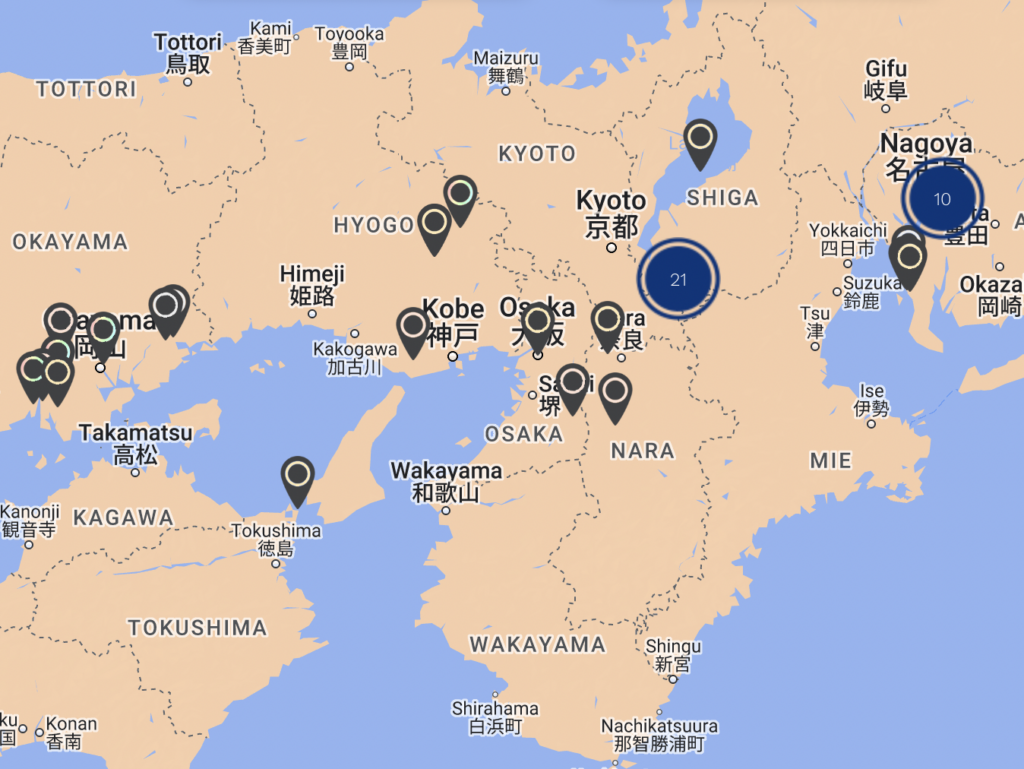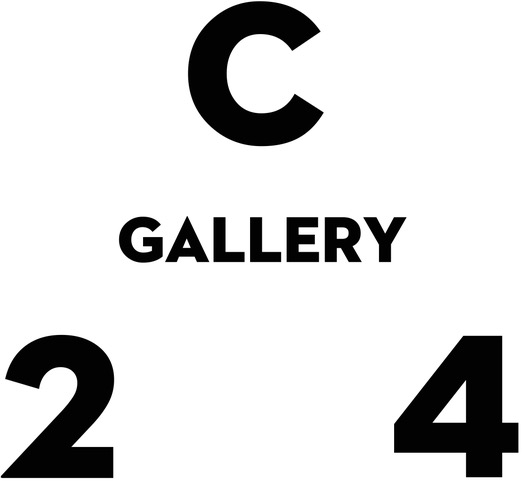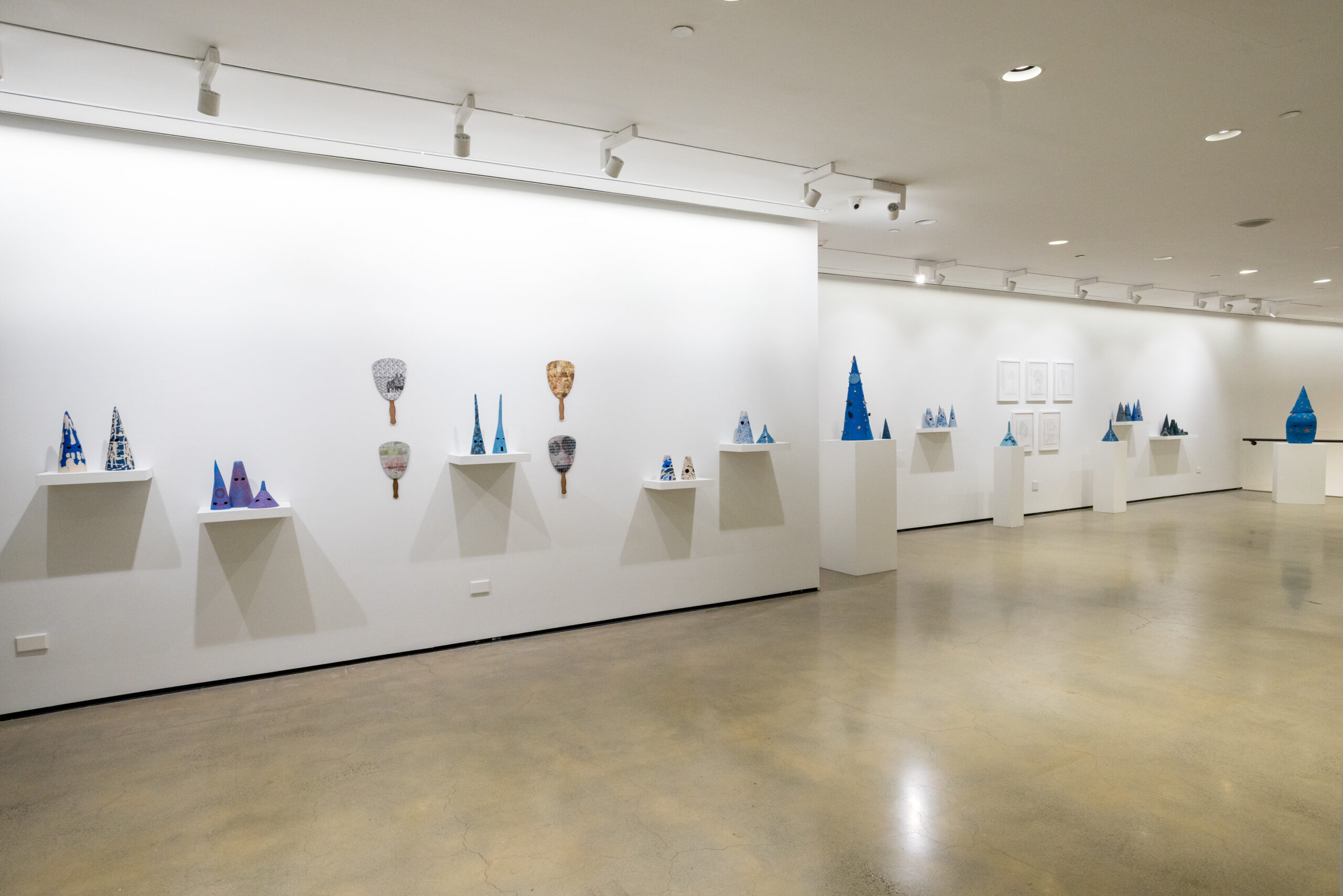36 Hours in Osaka, Japan

To see all the destinations listed in this guide and other ceramic sites worldwide, check out Ceramic World Destinations (CWD), MoCA/NY's interactive map listing over 4,000 destinations!
While Osaka may be renowned as 'Japan's Kitchen,' the city also holds great …


